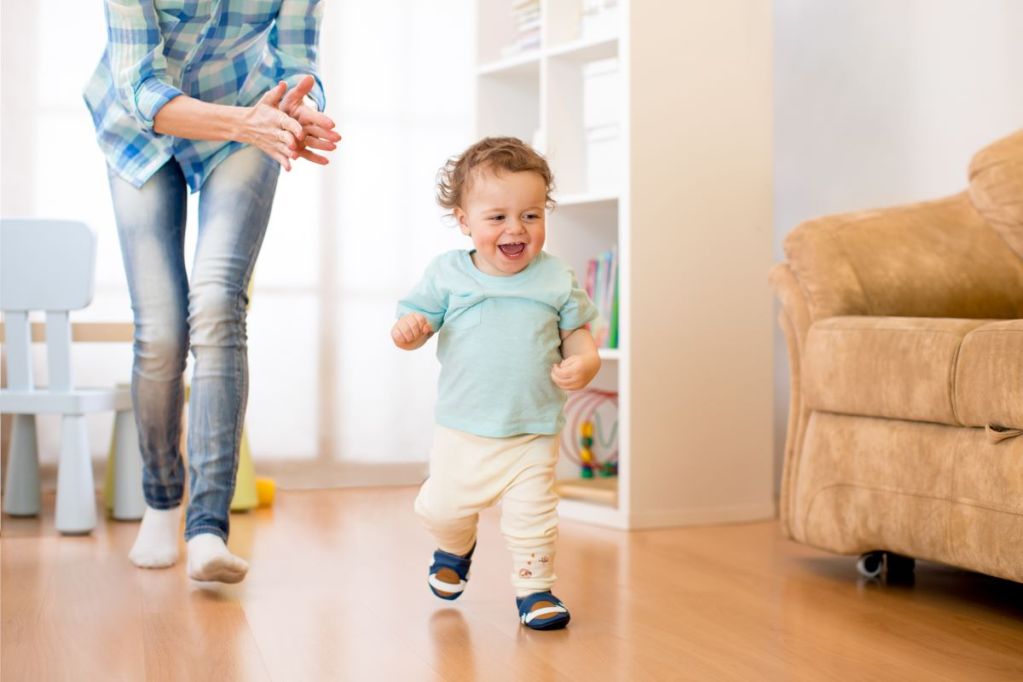Every parent has an idea of what type of parenting style they want to use when they have kids. It could be something similar to how they were raised, the complete opposite, or a way they wish they were raised. There are quite a few parenting styles these days, and every parent has to find the one they feel works best for their family.
If you want your parenting approach to be hands on to promote open communication with your child for a deep, long-lasting bond, learn about active parenting to see if this style is the right fit for your family’s lifestyle.
What is active parenting?

The way active parenting works is right in the name — being an active and engaging parent. The active part involves all aspects of parenting, from physically doing the activities with your child, engaging in schoolwork, reading to your child, and otherwise being a constant participant in your child’s life.
Being involved in every aspect of the child’s life lets them know their parent will always be there for them emotionally, mentally, and physically. Active parenting uses praise, physical touch like hugs, and positive reinforcement to guide the child through situations and to show support.
The point of active parenting
This approach is set up to create a long-lasting, deeper connection between the child and parent on the one hand and to give the child the confidence to make the best decisions possible on the other. By being active in the child’s life and building that bridge of communication, the child should have a healthier sense of self to do the right thing, regardless of peer pressure.
How to approach active parenting

- Parents should let the children pick their activities and hobbies.
- Parents need to volunteer with their children and attend school events.
- Parents need to model positive behaviors.
Parents have a lot to do in order to put the active in active parenting. Encouraging the child to pick their own hobbies, activities, and interests sounds simple, but how many times do parents force a child to play a sport or take up a hobby they did growing up? You want to encourage an independent and free-thinking human, not a carbon copy of yourself.
Modeling the way is huge in this approach. It not only shows your child that you walk the walk, but it also provides the opportunity for more time together. Volunteering at school events or in the community together and showing up for the child’s activities lets your kid know you are there for them while creating core memories for both of you.
The benefits of active parenting

- Children can display more positive behaviors.
- Children may have a lower risk for depression, anxiety, and aggression.
- Children may do better in school and have higher self-confidence.
- Parent and child may have a stronger relationship throughout their lives.
- The whole family can have a closer and more meaningful bond.
- The household tends to have a happier, more comfortable atmosphere.
An active parenting approach can bring you and your child closer in a variety of ways and can lay the foundation for your child to become a strong, confident, and self-sufficient adult. A child who is raised with an active parenting approach tends to be calmer, level headed, and positive. They should grow up with a better sense of self-worth because they know they have a safe and calm home environment to support them.
Families that practice active parenting are more open with each other, and the children feel more at ease going to the parent for the little things and the bigger things, equally. The overall vibe of a household using this approach is more relaxed and happier for everyone.
What to keep in mind if you use active parenting

While there aren’t exactly red flag downsides to this parenting style, it is more work than others. This approach requires time, effort, and energy. Parents have to make a choice to prioritize their children and plan how to make sure they can put forth the effort and energy into being consistent.
Active parenting doesn’t throw away things like boundaries, limits, or routines. Those pieces are still vital to the puzzle; they are just discussed with the child in a way that allows for accountability and responsibility while still giving the child their freedom.
If you have more than one child, active parenting will look different from kid to kid, which could really take a toll on the parent if they don’t have a solid support system. You have to be flexible and adaptable, coming up with different parenting strategies for each child, which could easily exhaust the parent.
Every parent wants to see their child become the best version of themselves. Finding the right parenting approach to see that come true can seem tricky with how many styles there are out there. Whether you have to work or not, if you want to make the most of the few precious years you have with your child while they are younger, active parenting will set you up with a lifetime bond and give your child the tools to be confident and capable enough to tackle life at every stage.




